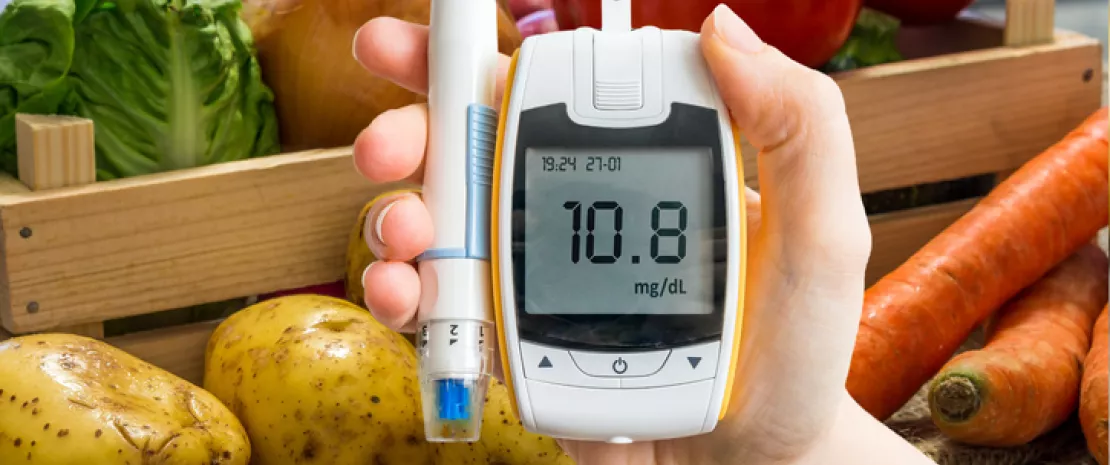Diabetes mellitus prevention through regulation of blood sugar levels is mainly based on a diet containing less calories and less sugar. However, it seems that postprandial blood glucose levels (following food intake) do not only depend on the composition of ingested food: it varies from person to person based on individual parameters (physiological, genetic, or related to the gut microbiota).
With or without diabetes, all investigated!
According to an Israeli study conducted in 2015 with people with a predisposition to diabetes (overweight or obese), dietary interventions adapted to individual data (including gut flora) lower glucose levels more effectively than the standard model, which is exclusively based on low calorie and glucose intake. What about people without diabetes? American researchers from the Mayo Clinic tested the tailored model on 327 healthy adults from the Midwest region. While retaining their dietary habits (except breakfast which was normalized) participants had to wear a glucose meter in order to permanently monitor their blood glucose levels and a food tracking app recorded the nutritional values of their meals. All data were then compared to the predictions obtained through the tailored model and the standard model.
Microbiota and control of blood glucose levels
To some extent, the results of the Israeli study were confirmed: the same food can trigger very different glycemic responses from one person to another, while the response from the same individual over time remains relatively constant. Moreover, postprandial glucose levels predicted by the tailored model were closer to the data reported by participants than those predicted by the standard model. This difference could partly be explained by the composition of our gut microbiota, which could play a role in keeping glucose at normal levels (glucose homeostasis). All these findings tend to support a tailored dietary approach to prevent diseases associated with abnormally high blood sugar levels (hyperglycemia).















